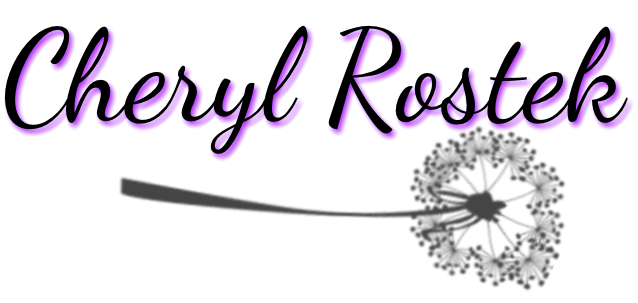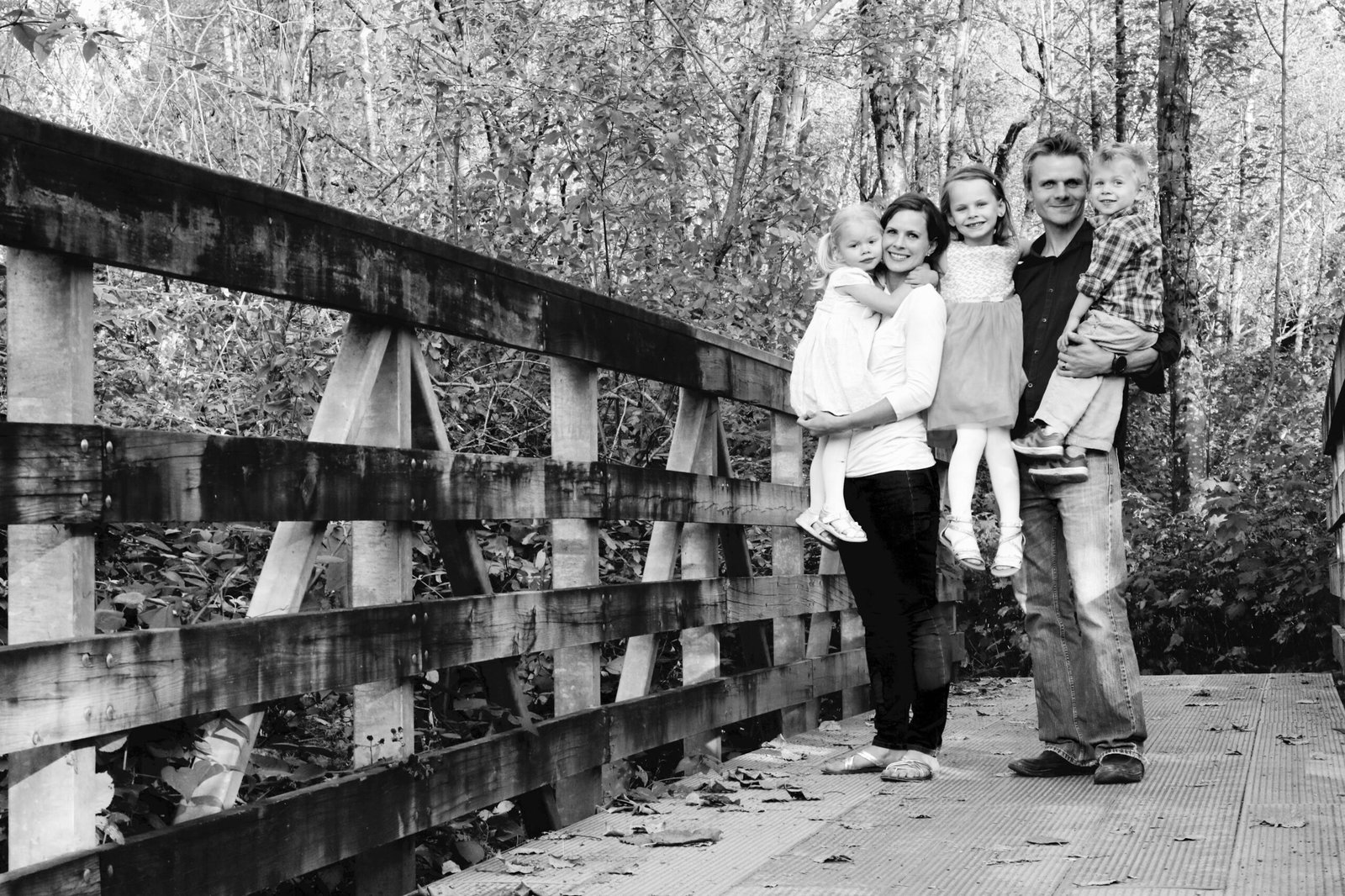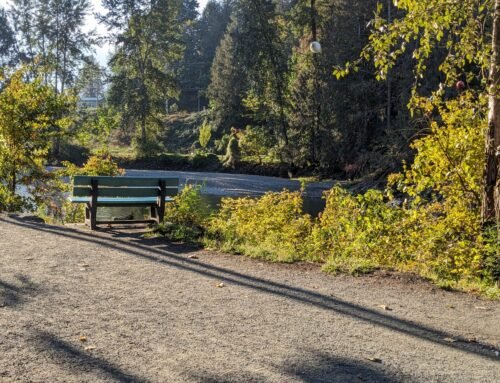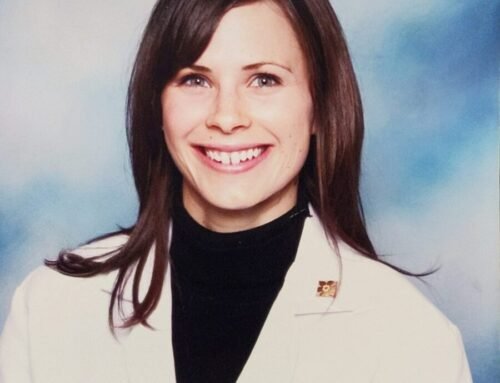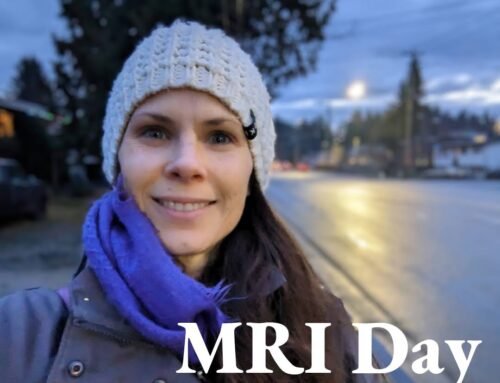Meeting with God
“Where do you meet with God?” The leader of the meditation/spiritual circle I attend on Friday mornings asked. “Close your eyes and see what comes up for you.”
I sat amongst the closed-eyed participants, unsure I’d hear/see/determine anything new from the Divine whom I already had a strong connection with. After all, Mother God and I liked to hang out on the dock at the lake. We already had a favorite spot.
But as I breathed in silence an image surfaced that took me by surprise. It was a dilapidated suspension bridge with more planks missing or broken than those intact. And its fraying ropes suspended the rungs over a deep, dark, foreboding chasm. This image had first come to me, five years prior, a year and a half after I was diagnosed with incurable brain cancer. At that time, I was overwhelmingly anxious over my foretold, imminent death while wandering the wilderness of being neither acutely ill nor well. The terrifying suspension bridge was a metaphor for my life. Back then as I worked with full heart intention, earnestly trying to figure out a way to cross the bridge, for my sake, but moreso for my twin preschoolers and kindergartener, the image shifted. Replacing the gaps and fraying ropes were superimposed, supernatural replacements, like a glitching computer screen, they came in and out of view. And I knew I was being beckoned to trust that they would hold me stable. That I would not fall.
“No, not here” I wrestled with God as I sat in the circle. “This is not where I want to meet you.”
The Bridge
When I returned home, and sat with my new awareness, I realized that I disliked the rickety bridge because it was a space of ultra-vulnerability. I knew that all too well. It was a place of dependence on the divine and on personal courage to trust that which defies logic and/or reason and/or comfort.
Oh this is so uncomfortable. It is facing my reality (which is actually humanity’s reality): mortality. But more than that it is my propensity to (try to) run from my finitude – even after all I’ve been through.
Why? Why do I want to get the hell off that bridge? Because walking across it requires the greatest courage I’ve ever had to muster. Painstaking courage. That bridge represents the dark night of my soul.
The Dark Night of the Soul
I googled dark night of the soul and came across Eckhart Tolle’s exposition: “The dark night of the soul is a kind of death you die…Of course death is always painful, but nothing real has actually died- only an illusionary identity…Really what has collapsed then is the whole conceptual framework for your life, the meaning that your mind had given it. So that results in a dark place.” (1)
I’m not sure whether this retrieval of the suspension bridge image means I need to remember that dark night of the soul, that truthfully I’d rather forget. Or to reinhabit it.
And fear inches up my spine and clenches my chest, maybe the Universe is preparing me for another dark night of the soul. Perhaps that is why the divine wants to meet me on that bridge. I cringe and resist. Then realize maybe, just maybe this is an exercise in learning to let go of the cringing and resisting. To surrender. To trust. Oh what deep trust is being asked of me: to surrender and trust whatever may come. Oh God have mercy!
I want to have “arrived”. To live on the coattails of what I’ve been through, it was freaking hard. I want to coast. I want to pretend my mortality is a looooooong way off. But the bridge, my dark night, calls me to surrender to the gifts of my mortality: greater awareness of life’s preciousness, gratitude, and the fortitude to swim upstream of a culture “focusing on fixes [and ignoring] finitude” (2).
The Meadow
The following day I meditate at home, focusing on my meeting place with God, the dilapidated suspension bridge. I have learned from Buddhist monk Pema Chodron that when we turn and face that which scares us the arrows of our enemy turn into flowers. (3)So I sink into my fear of all that that bridge signifies, turning and facing it.
I wait.
What happens is that the dark chasm rises up as a plush green meadow to meet the bridge. What is this meadow? I wonder.
I remember Eckhart Tolle’s words, “Really what has collapsed…is the whole conceptual framework for your life, the meaning that your mind had given it. So that results in a dark place.” Aha! The dark chasm is only foreboding when my mind makes it so! Our culture has created so much fear of dying by sequestering death into a private corner that no one talks about. This elicits fear. What if death is just a natural, normal, sad yes, but not teeth-clenchingly terrifying event. Not something to be hastened, “I rage, rage, against the dying light” with Dylan Thomas. But something to be embraced when it arrives. What if death in fact is beautiful, like the meadow: a reunion of souls and ancestors, and/or a dance of our spectacular energies, like the most magnificent aurora borealis?
And what if sad isn’t bad, it just, is?
Then fear sublimates into peace. Perhaps this is the peace that surpasses understanding (3).
Perhaps this is how to live the impossible life of incurable brain cancer. And how to truly live, even if I die, (4) as we all surely will. Though this is particularly challenging as my seven year survivor peer (5) has had a recurrence and a local young woman who I connected with a couple years ago after her glioblastoma diagnosis has passed away.
This Heart That Broke So Long poem
To close I will share a poem I wrote last spring, inspired by a line from Emily Dickinson: This heart that broke so long. I’ve appropriated the title as my own.
This heart that broke so long
Will break no more
I am rising strongI am a seer—
The transcendence where death
Cannot touch me is not
Immortality—It is surrender cloaked in
Acceptance and grace
Empowered by agencyHere seas are parted
And I walk through the
Waters of grief on dry landSet free.
Oh I have been set free.
xo
Cheryl
PS Loving these posts? Buy me a coffee to say thanks!
Notes:
- https://eckharttolle.com/eckhart-on-the-dark-night-of-the-soul/
- The Lost Art of Dying: Reviving Forgotten Wisdom. L.S. Dugdale.
- When Things Fall Apart: Heart Advice for Difficult Times. Pema Chodron.
- Philipians 4:7
- cf. I’ve Seen the End of You: A Neurosurgeon’s Look at Faith, Doubt, and the Things We Think We Know. W. Lee Warren, MD. (neurosurgeon) describing his experience with glioblastoma brain cancer patients: “I’ve come to realize the difference between survivors (even those who perish) and the dying (even those who live): the survivors have a prism – faith – that allows them to see through the pain and hardship to the hope and purpose and beauty in their lives.”
- This is referring to Adam Hayden. Check out his insightful and well-written blog: https://glioblastology.com/blog/
- Photo credit: Vicky Falk
